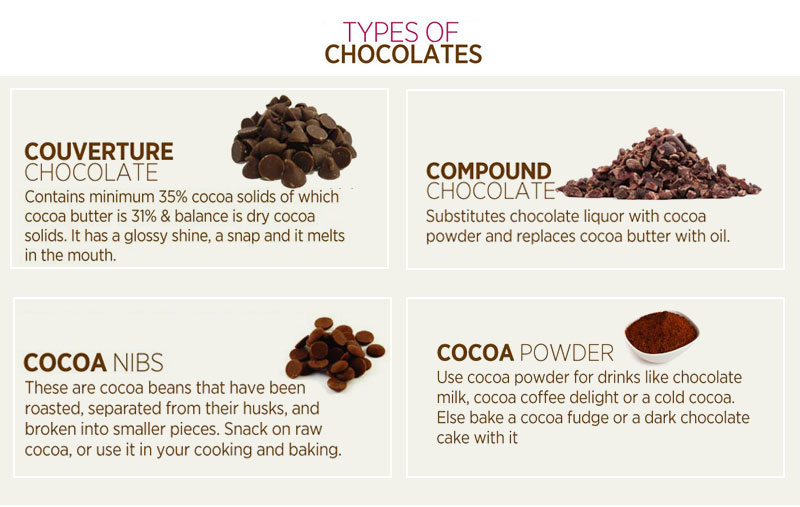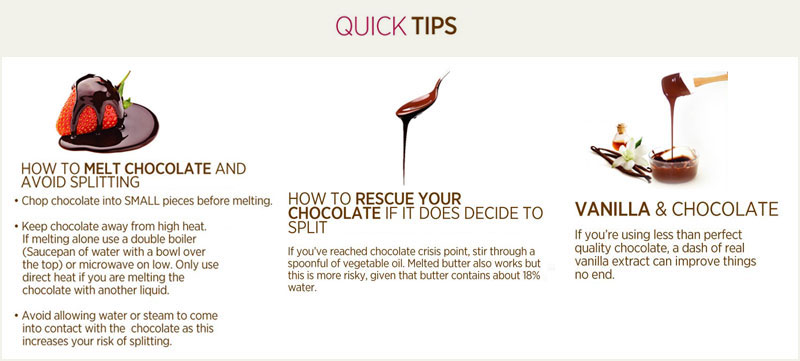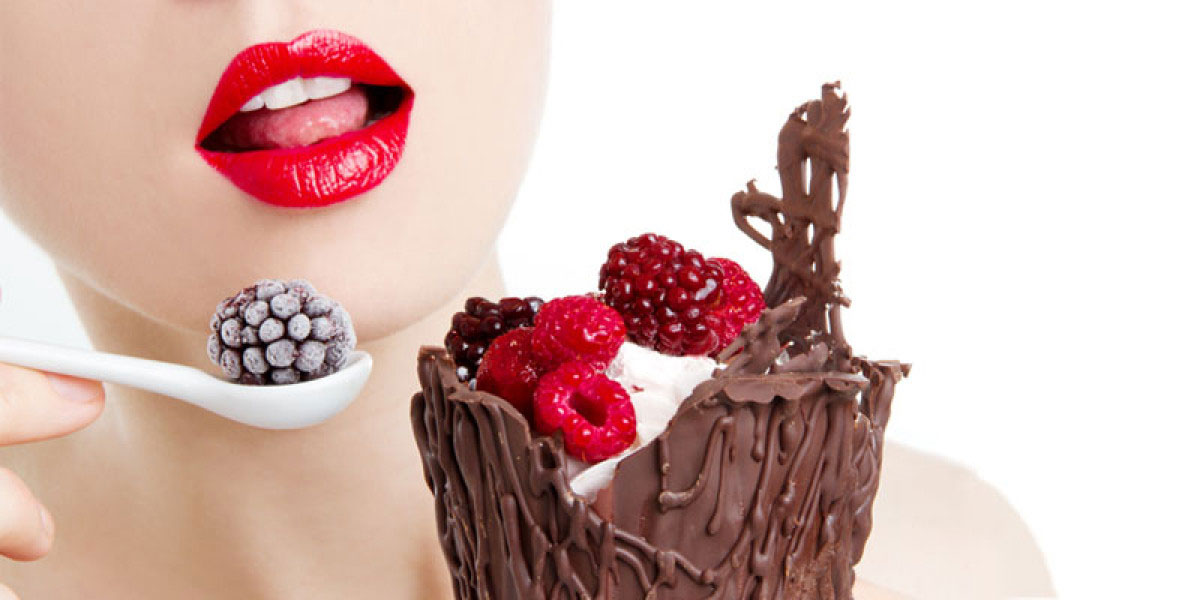Want to be Amazing with Chocolate Recipes? Here’s How
The world of chocolate is a wonderland of flavours and types, but it can also be a bit daunting for those who aren’t familiar with it. That is why we have put together nearly everything that you need to know about this guilty pleasure
Josephine Grace 'Jo' Brand, the English comedian, writer and actor, quipped once:
"Anything is good, if it's made of chocolate."
The late American cartoonist Charles M. Schulz put it even better:
All you need is love. But a little chocolate now and then doesn't hurt.
Chocolates come in various shapes and sizes but their taste and colour depend on the percentage of cacao. There is extra dark chocolate, followed by dark, milk, bitter sweet and white. The latest entrant on the scene is called semi-sweet. If a chocolate has more than 50 per cent cacao, it is termed dark.


One of the best things about chocolate is that it is available in various forms. There's a bar or a paste like Nutella, a praline and a truffle. But for connoisseurs, artisanal chocolates or those made in the traditional, non-mechanised way are the most delicious. And these are becoming extremely popular as well.

Thankfully, chocolatiers today are experimenting with a variety of ingredients, adding soul as it were to the chocolate. Some use sea salt, others cheese and onion, chilli and cinnamon and still others experiment with garlic. Of course, cranberry, orange and even star anise can be used in chocolates.
While fine chocolates can also be made mechanically, artisanal fine chocolates enable the use of different techniques. One of the most common techniques is tempering. Many fine chocolates – those that have high quality ingredients and are created by the chocolatier's unique artistry – get their flavours from the beans. A new trend in the industry is bean-to-bar chocolates. Cacao is similar to wine in that it has amazing flavours including woody, earthy and flowery. One can sense the flavoured notes in chocolates. Single-origin chocolates are also becoming popular, just as wine made in a specific region – such as Champagne – gets its name.
People can even be trained on how to buy beans and make chocolate bars at home from them.

Top 4 tips for first-timers
Here are a few essential tips for first-timers dabbling in chocolate-making
- Start experimenting with couverture or fine chocolates and only then will you realise that you can't get the same experience with compound chocolates
- Believe in slow cooking -- many first-time chocolatiers try to rush through with the process.
- Do not use artificial ingredients for fine chocolates
- Focus on great packaging. Many first-timers get this completely wrong


